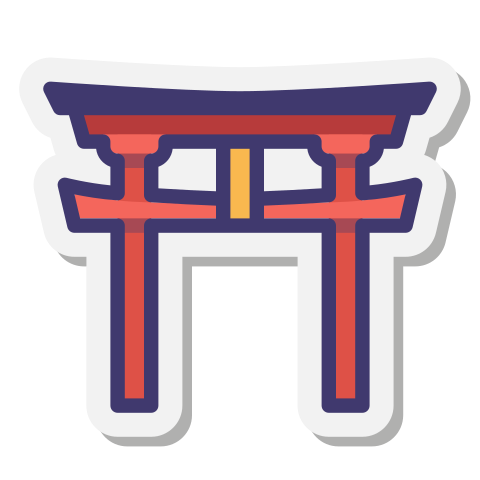Why Japanese Isn’t as Hard as You Think: Breaking the Myth
Challenging the Reputation
Japanese often ranks high on lists of the “hardest languages” for English speakers to learn. With its three writing systems, unfamiliar grammar, and unique cultural context, it’s easy to see why people feel intimidated. But the truth is, Japanese is far more approachable than it appears. Much of its reputation is based on myths or comparisons that don’t tell the full story. When broken down into its components, Japanese offers many learner-friendly features that can actually make it easier than expected.
A Simple and Consistent Sound System
One of the first surprises for learners is how consistent Japanese pronunciation is. Unlike English, where the same letter can represent different sounds, Japanese uses a phonetic system where each syllable has a fixed sound. Once you learn the 46 basic hiragana and katakana characters, you can pronounce almost any word correctly. There are no silent letters, very few tongue-twisting consonant clusters, and a predictable rhythm. This consistency reduces pronunciation anxiety and allows learners to start speaking early with confidence.
Straightforward Grammar and Verb Conjugation
Japanese grammar is different from English, but it’s also more regular. There are no gendered nouns, no articles, and verbs are conjugated based on tense and politeness rather than subject. This means one verb form can apply to many different situations. For example, 食べます (tabemasu – to eat) can be used regardless of whether the subject is “I,” “you,” or “they.” Once you grasp the basic rules of conjugation and sentence structure (subject–object–verb), you’ll find it’s not as complex as it initially seems.
No Plurals or Complex Tenses
Another relief for learners is that Japanese doesn’t require you to worry about plural forms or dozens of verb tenses. Nouns stay the same whether they’re singular or plural, and time expressions or context usually indicate meaning. While English uses progressive, perfect, and conditional forms, Japanese keeps things simpler. You’ll use present, past, negative, and polite forms — all based on predictable patterns that don’t rely on irregular verbs.
Visual Learning Through Kanji
Kanji often intimidates learners, but it’s also one of the most logical and powerful tools in the language. Each character holds meaning, which makes reading efficient once you’re familiar with them. For example, 火 (fire), 水 (water), and 木 (tree) each convey clear concepts. Combining kanji into compounds like 火山 (kazan – volcano) helps you guess meanings without needing a dictionary. It may take time to build kanji knowledge, but the payoff is substantial in reading fluency and vocabulary retention.
Tools and Resources Are Better Than Ever
Modern technology has made Japanese learning more accessible than at any time in history. Digital flashcard apps, anime with subtitles, graded readers, grammar websites, and interactive video lessons provide immersive and flexible ways to study. You can even practice speaking with native tutors from your phone. These resources help overcome the traditional obstacles of isolation and lack of exposure that once made Japanese harder to learn.
Exposure to Japanese Culture Is Everywhere
The global popularity of Japanese pop culture — anime, manga, music, films, and cuisine — gives learners regular and enjoyable exposure to the language. This passive input helps reinforce vocabulary and sentence structures naturally. Learning a language is much easier when it’s tied to things you already love. Whether you’re watching Studio Ghibli movies or following Japanese cooking channels, you’re immersing yourself in the sounds and rhythms of the language every time you engage.
Motivation Drives Progress
Finally, what often makes a language hard or easy is not the language itself but the learner’s mindset. Japanese rewards consistency, patience, and curiosity. If you approach it as a long-term journey filled with cultural discovery and personal growth, it stops feeling like a chore and becomes a passion. The more interest you bring to the process, the more fun and natural it becomes.
The Real Picture
Yes, Japanese has its challenges — all languages do. But once you strip away the myths and look at its structure, tools, and cultural richness, you’ll find that it’s entirely within reach. Many aspects are even more logical and forgiving than those in European languages. Rather than asking whether Japanese is “hard,” it’s better to ask how you can make it meaningful, consistent, and enjoyable.




